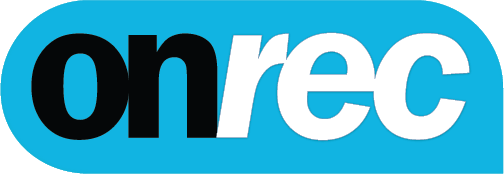If you’re earning a high income, you already know the sting of taxes. The more you make, the more you give away – and often, it feels like there’s no way around it. But that’s not true. With the right strategies, you can legally and efficiently lower your lifetime tax bill, especially if you start planning before retirement.
We’re not talking about dodging taxes or cutting corners. This is about understanding how the system works and making smart, proactive choices today that position you for financial freedom later.
Because at your income level, small tweaks can lead to six-figure savings.
Timing Is Everything
Your peak earning years – typically in your 40s and 50s – are when tax planning becomes most powerful. That’s when your W-2 income is likely at its highest, your kids may be leaving the nest, and your retirement accounts are ballooning. If you wait until you’re already retired to think about taxes, it’s too late to leverage many of the strategies available to you today.
By being proactive now, you can control your future tax rate instead of letting it control you.
Use Roth Conversions Strategically
If you’ve been loading up your traditional 401(k) or IRA, that money is growing tax-deferred. But eventually, it’s going to be taxed. When you retire, required minimum distributions (RMDs) can push you into a higher bracket than expected, especially if you have Social Security and other sources of income coming in.
That’s why Roth conversions are so powerful. You take money from your tax-deferred account, pay taxes on it now, and move it into a Roth IRA where it can grow tax-free forever. The key is to convert the right amount each year – not too much to spike your bracket, but enough to chip away at that looming tax liability.
Over time, you reduce your future RMDs and create a pool of tax-free money you can tap later.
Master the Art of Asset Location
You probably know about the power of investment diversification, but are you practicing tax diversification?
Asset location means placing your investments in the accounts where they’ll be taxed most efficiently. For example:
- Keep high-growth assets like stocks in Roth accounts (since gains are tax-free).
- Place income-generating assets like bonds or REITs in tax-deferred accounts.
- Use your taxable brokerage account for assets that benefit from lower long-term capital gains rates.
This way, you optimize not just what you own, but where you own it. That allows you to squeeze more value from every dollar.
Be Strategic With Capital Gains
You might not need to sell anything right now, but when you do sell an appreciated asset, the timing matters. Capital gains are taxed at lower rates than ordinary income, but they still add up quickly.
Rather than selling in a high-income year, plan to liquidate assets in lower-income years (such as after retirement or during a career gap). You can also use tax-loss harvesting to offset gains – selling investments at a loss to reduce your tax bill while reinvesting in similar positions to maintain your portfolio balance.
If you own real estate or other non-liquid assets, the right exit strategy (such as a 1031 exchange or installment sale) can make a massive difference in how much you keep.
Leverage Charitable Giving Vehicles
If you’re already donating to causes you care about, there’s good news: You can be even more strategic about it.
One powerful tool is a Donor-Advised Fund (DAF). You contribute a lump sum in a high-income year, take the full deduction now, and then distribute the money to charities over time. This is especially useful if you’re having a spike year due to a business sale, stock windfall, or bonus.
You can also donate appreciated stock instead of cash – that way, you avoid paying capital gains and still get the full charitable deduction based on the stock’s current value.
For even more advanced planning, charitable remainder trusts (CRTs) and charitable lead trusts (CLTs) can help you generate income while supporting a cause and saving on taxes.
Make Use of HSAs and Mega Backdoor Contributions
As a high-income earner, don’t overlook the power of small tax shelters. An HSA (Health Savings Account), for example, offers triple tax benefits: tax-deductible contributions, tax-free growth, and tax-free withdrawals for medical expenses. Max this out every year if you’re eligible.
Also, check if your employer plan allows after-tax contributions that can be rolled into a Roth IRA – sometimes called a “mega backdoor Roth.” This can let you stash away tens of thousands more in tax-free growth, way beyond standard contribution limits.
Hire a Financial Planner With Tax Strategy Expertise
You don’t need to be a tax expert, but you do need someone in your corner who is. The most powerful strategies often come down to timing, coordination, and knowing how all the pieces fit together – from investment accounts to real estate to your business structure. A financial planner who specializes in working with high-income earners can build a customized roadmap that balances tax efficiency and creates income sustainability.
As you move toward retirement, their advice could save you more than any single investment ever could. You’re not just looking for someone to tell you to “invest more” – you need a strategist who understands advanced tax law and risk management at your level.
It’s What You Keep
The tax code is built to reward those who plan ahead. And when you’re in your peak earning years, you’ve got the biggest opportunity to take advantage of that. Always remember that your career isn’t about what you earn, but about what you’re able to keep. And with the right strategies, you can keep more and live securely for years to come.






